| Author |
Messages |
Bob Grimstead
Captain


Gender: Male
Location: Perth, Western Australia or West Sussex, England
Registered: Dec 2006
Status: Offline
Posts: 2029
|
      
 Posted Wednesday, February 11, 2009 @ 00:34 AM Posted Wednesday, February 11, 2009 @ 00:34 AM
Many years ago in a glider drag-reduction article, I read that a simple rod aerial (antenna for the Americans) generates around 20 pounds of drag at 60 knots. The round, un-streamlined aerial probably produces as much drag as the fin.

Now tht I have a quiet propeller, the audience can hear my blue Fournier's aerial whistle as I fly past. Noise is energy, and that noise is wasted energy, so I determined to bury my aerial. The red one has a carbon fibre(?) ribbon aerial inside its fuselage, which works fine, but I didn't want to spend all that money. I figured, if I turned the original one upside-down, it should work fine inside the wooden fuselage. My old Turbulent's aerial went up a groove in the leading-edge of its fin, and that proved it.
So, I made up a simple fitting from some scrap plywood and a couple of half-inch blocks, unscrewed the aerial and its gauze ground plane, inverted them on the wooden fitting, and then glued and screwed that inside the fuselage.


I filled the original hole with a tiny ply disc and a larger two-inch ply patch.
I'll let you know how well it works.
I don't expect the be able to measure the reduced drag, but the theory's good, and I need every foot of upward travel I can get for my vertical rolls.
Yours, Bob
|
jb92563
Second Lieutenant

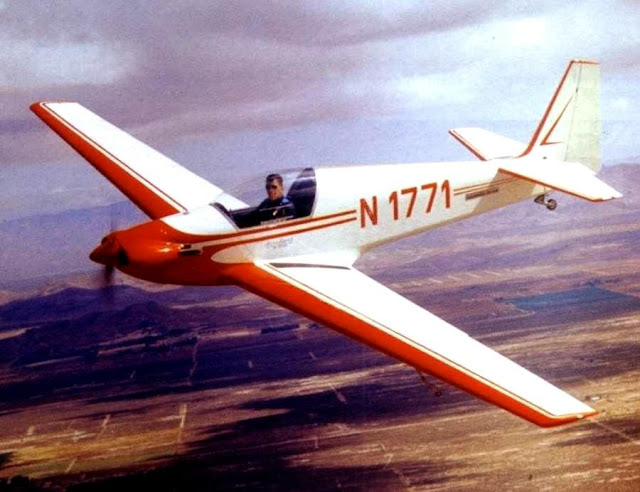
Gender: Male
Location: Lake Elsinore, CA, USA
Registered: Mar 2007
Status: Offline
Posts: 583
|
      
 Posted Tuesday, February 17, 2009 @ 01:35 AM Posted Tuesday, February 17, 2009 @ 01:35 AM
I don't suppose those outriggers can be made to lay flush?
Those out riggers are probably equivalent to 4 antennas worth of drag.

|
Bob Grimstead
Captain


Gender: Male
Location: Perth, Western Australia or West Sussex, England
Registered: Dec 2006
Status: Offline
Posts: 2029
|
      
 Posted Tuesday, February 17, 2009 @ 03:06 AM Posted Tuesday, February 17, 2009 @ 03:06 AM
Aha, but they're faired, reducing their drag by over 60 per cent.
They're also shortened.
See the outrigger posts under modifications and 'outrageous outriggers'.
No, they can't be made to lie flush in the air, not without huge weight and complexity problems.
If it could have been done, René would have done it.
Yours, Bob
|
Collin
General


Gender: Male
Location: McMinnville. Oregon
Registered: Oct 2006
Status: Offline
Posts: 711
|
      
 Posted Tuesday, February 17, 2009 @ 02:12 PM Posted Tuesday, February 17, 2009 @ 02:12 PM
Hello,
Here is a picture of my antennas in my RF4. Note the large ground plain.
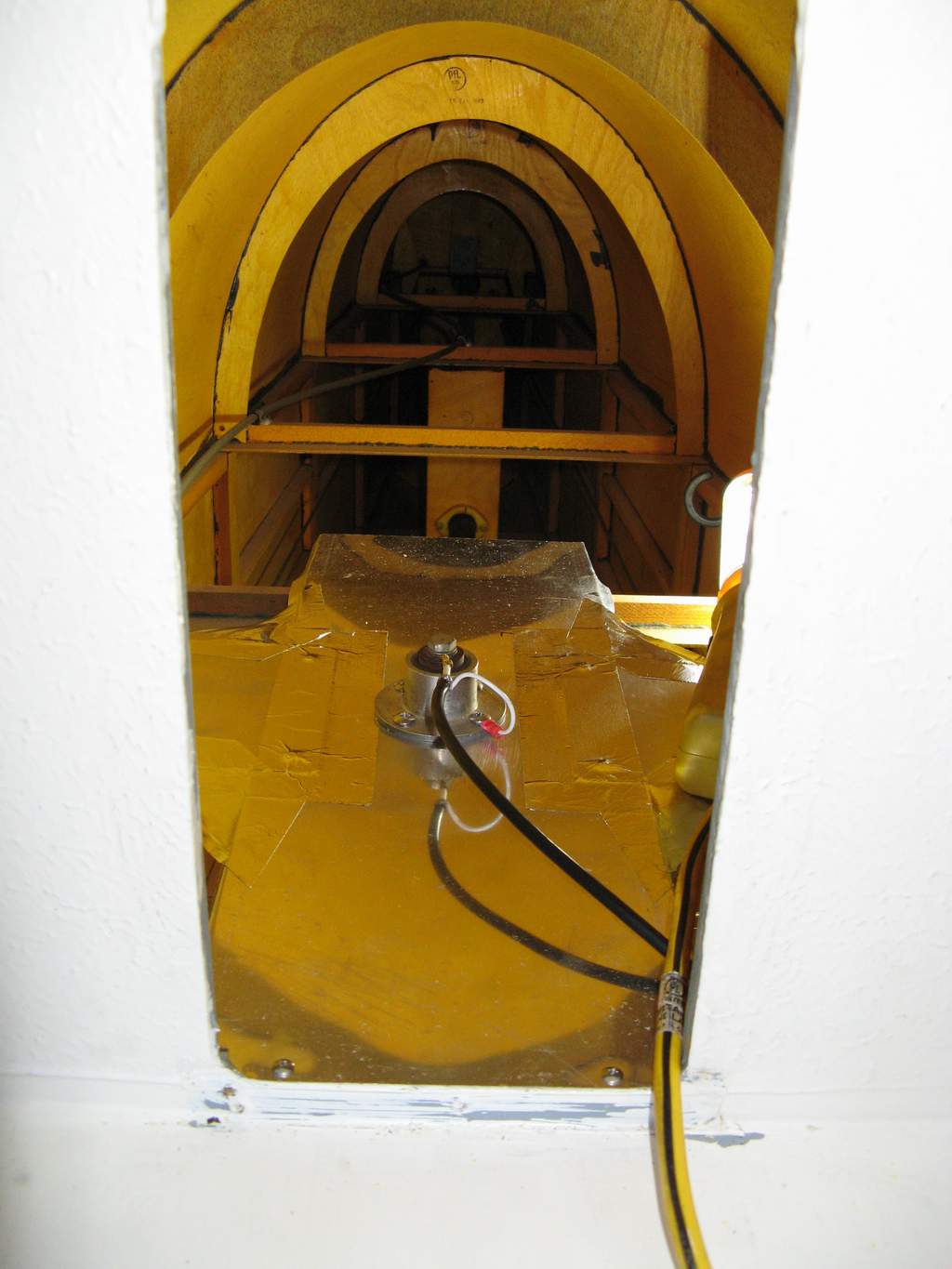
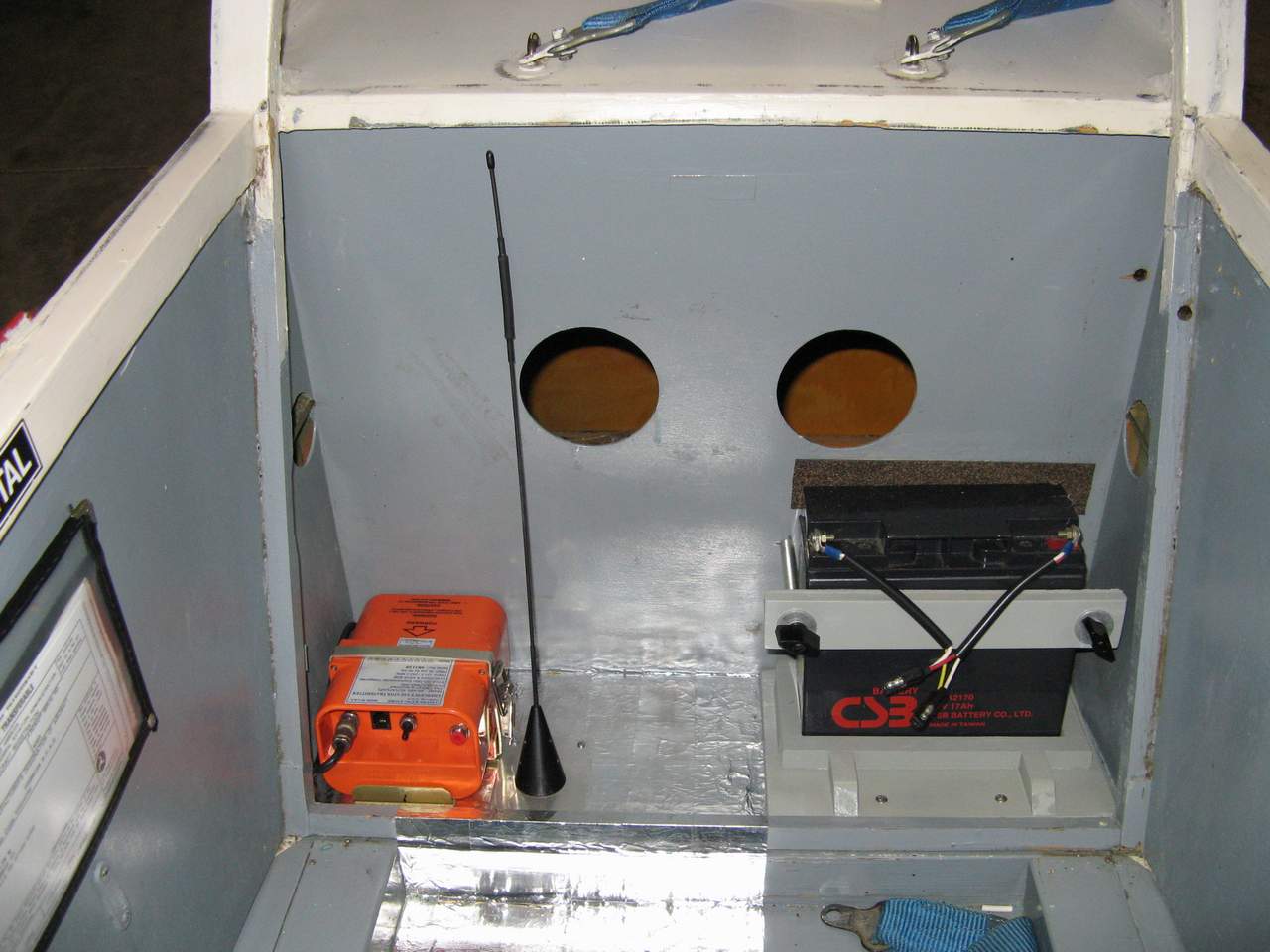
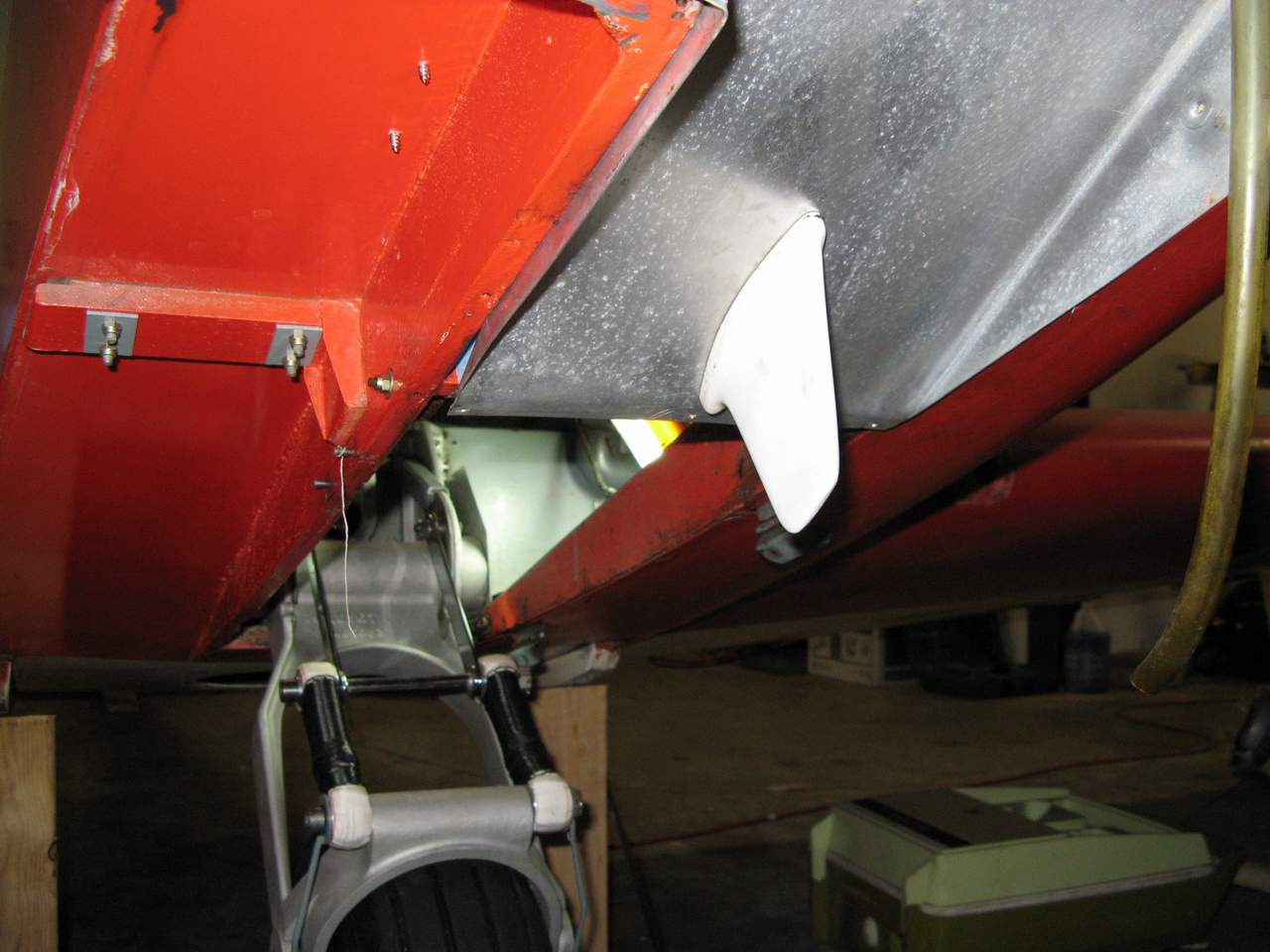
|
SteveBeaver
General

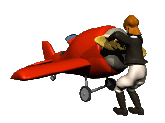
Gender: Male
Location: Columbus, Ohio - USA
Registered: Jan 2007
Status: Offline
Posts: 454
|
      
 Posted Tuesday, February 17, 2009 @ 09:13 PM Posted Tuesday, February 17, 2009 @ 09:13 PM 
An often neglected consideration in placing the antenna, particularly in wooden or fabric a/c is proximity to the Pilot. You know how a performer with a microphone standing too close to the speakers will cause a howling, squealing sound due to audio feedback? Well aircraft radios can do that too. Sometimes you can hear the squeal, but often you can't because it it out of human hearing range. - It has a drastic impact on the radio performance though. Sometimes the tower can hear you just fine, other times they can't read anything you say? - Check the antenna placement with respect to your headset. Just like a PA system, the signal transmitted by the radio can be picked up by the headset cord or microphone and be fed back into the mic circuit causing feedback.
This is the reason headsets typically don't work well with hand-held radios and their flexible antennas. The greatest distance you can get between the antenna and the mic is the length of your arm  Hook up a remote antenna though and they work well enough. Hook up a remote antenna though and they work well enough.
A very few headphones (microphones) are shielded against radio interference, Sigtronics is one of them, but must are not. This makes it vital to get the antenna as far away from your head as you possibly can. Noise canceling headphones are particularly subject to this problem. The extra electronics in them loves picking up the radiated signal from your transmitter.
The very best antenna for a wooden aircraft is this one: http://www.aircraftspruce.com/catalog/avpages/antennasystems.php but as you can see, it is wickedly expensive. It is the antenna specified for the wooden Falco and is suitable for IFR installations. Next best, and really cheap is this design which you can fabricate yourself: http://www.rst-engr.com/rst/catalog/airplane_antenna.html#Antenna%20Builders%20Kit $30 gets you the instruction manual and enough material to make 6 antennas! Consider threading it through the fin of your Fournier and you will get radio performance like an airliner!
Steve
|
Bob Grimstead
Captain


Gender: Male
Location: Perth, Western Australia or West Sussex, England
Registered: Dec 2006
Status: Offline
Posts: 2029
|
      
 Posted Thursday, February 19, 2009 @ 10:31 PM Posted Thursday, February 19, 2009 @ 10:31 PM
Hi Guys,
I think the Aircraft Spruce antenna Steve mentions is the one fitted in our red Fournier.
That is a three-foot long flexible strip (about two inches wide) of what looks like carbon fibre.
Since the airplane was previously owned by glider types, it's probably designed for sailplanes.
It seems to work very well, although only a couple of feet behind my head.
This is the final installation of my inverted standard antenna -- price -- zero dollars.

The ground plane is just the original foot-square metal gauze ground plane, just inverted to put it inside.
It is about six inches further back than the original, to get it into the rear fuselage, but of course much lower, so effectively it's right behind me.
And of course, I've recently converted my Peltor headset to ANR, so now I anticipate some problems.
The wooden fitting is only screwed in place with countersunk brass screws (not glued), so I can adjust things and remove the antenna as required.
Now I know what Steve has said, I shall be very careful with testing/checking the installation, to see if there is any noticeable signal deterioration.
If so, I'll have to move it further back, although that would probably cause other problems. Where it currently is, the antenna does not quite reach down to the elevator push/pull tube. Further aft, where the fueselage is narrower, there might be some interference, so I'd have to offset the wooden support plate a little.
The airplane is not yet flying again after taking off its wing, but when it does, I'll let you all know how well the radio works.
If it's successful, that's a free drag-reducing modification, and you don't often see many of those!
Yours, Bob
[Edit by Bob Grimstead on Thursday, February 19, 2009 @ 10:32 PM]
[Edit by Bob Grimstead on Thursday, February 19, 2009 @ 10:35 PM]
|
eugenio
First Sergeant


Gender: Male
Location: Str. Val S. Martino inferiore 133/7 I - 10131 Torino ITALY
Registered: Oct 2006
Status: Offline
Posts: 294
|
      
 Posted Sunday, February 22, 2009 @ 05:40 AM Posted Sunday, February 22, 2009 @ 05:40 AM
If you wanna reduce the antenna drag without affecting the radiating capabilities, you should use the 1/4 wave dipole flush in the fin, as is standard on all gliders (except carbon or metallic ones). The RF5B uses such kind of installation. If you have a little craftmanship and some time, you can do your own antenna with two pieces of aluminium pipe, a piece of nylon rod and some copper wire salvaged from a wall charger.
The hardest and time consuming thing is the adjustment for the proper setting in order to have the lowest reflected power on all frequency range.
ciao
Eugenio
|
Bob Grimstead
Captain


Gender: Male
Location: Perth, Western Australia or West Sussex, England
Registered: Dec 2006
Status: Offline
Posts: 2029
|
      
 Posted Sunday, April 19, 2009 @ 12:02 PM Posted Sunday, April 19, 2009 @ 12:02 PM
Hi Guys,
At last an update on that inverted antenna.
It works really well, despite the proximity of my Peltor ANR headset. No howling and a 50nm range, both on transmit and receive.
Good luck to anybody else who wants to try it. It's pretty quick, fairly easy and appears very effective.
The aeroplane also no longer whistles on a low-level high-speed flypast, so there must be some drag reduction.
Yours, Bob
|
|